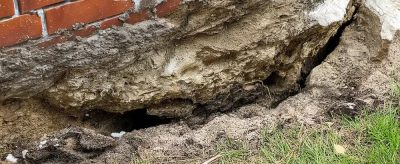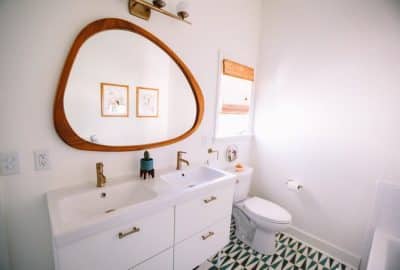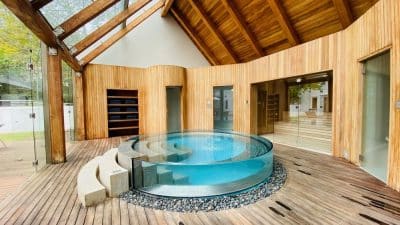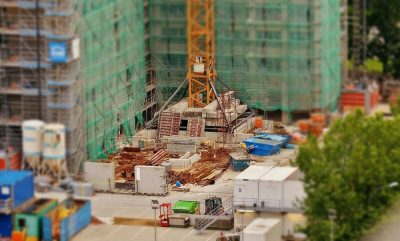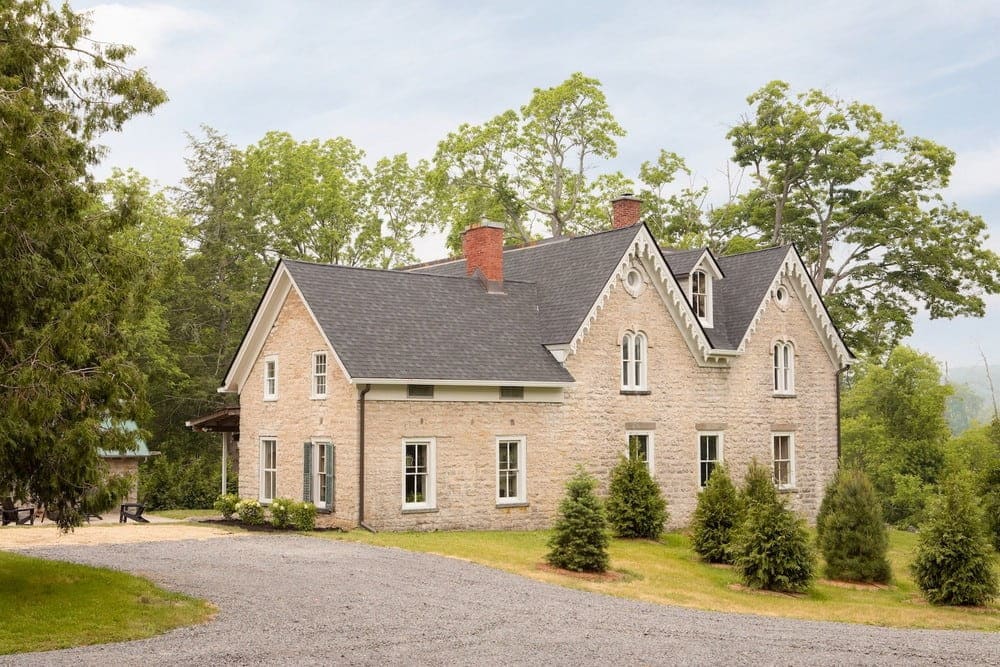
Laser engraving has evolved into an invaluable tool for home renovation and exterior design, offering unprecedented precision and creativity. When it comes to architectural features like gables and trim, laser engravers open up a world of possibilities for homeowners, architects, and designers alike. These machines can imprint intricate patterns, textures, or even custom logos into a variety of materials used for home exteriors. In this article, we’ll explore how a laser engraver can elevate your gables and trim, transforming them into stunning focal points that increase both aesthetic appeal and property value.
The Benefits of Laser Engraving for Gables and Trim
Gables and trim serve not just functional roles in a building’s architecture but also contribute significantly to its visual appeal. Traditionally, these architectural features are either painted or constructed from prefabricated decorative elements, which can limit creativity and customization. With laser engraving, you gain precision, flexibility, and a high degree of customization. Here are some major benefits:
1. Precision and Accuracy
Laser engraving offers incredible precision, enabling intricate designs that would be hard or impossible to achieve by hand. Whether you want ornate floral patterns, geometric shapes, or custom designs, laser engravers allow for detailed etching on a variety of surfaces. This precision makes it easy to replicate designs consistently across all your trim and gables, ensuring a uniform and polished look.
2. Customization
One of the most significant advantages of using a laser engraver for your gables and trim is the ability to customize designs. You can create a personalized look that reflects your aesthetic preferences or aligns with your home’s architectural style. Whether you prefer modern, minimalist designs or ornate, classical detailing, the options are endless. You can even incorporate logos, family crests, or unique text, making your home truly one-of-a-kind.
3. Durability
Laser engraving doesn’t just offer aesthetic benefits; it also enhances the durability of the design. Unlike painted patterns that can fade or chip over time, laser-etched designs are embedded into the material itself. This means they are far more resistant to weather conditions, UV exposure, and general wear and tear, making laser engraving a long-lasting solution for exterior home decor.
4. Material Flexibility
Laser engravers are highly versatile and can work on a variety of materials commonly used in gables and trim, including wood, metal, and composites. This adaptability allows you to achieve the look you want, regardless of the material you are working with. Whether you prefer the rustic charm of wooden gables or the sleek, modern look of metal trim, a laser engraver can accommodate your vision.
How Laser Engraving Works on Gables and Trim
Laser engraving uses concentrated beams of light to etch designs into surfaces. The laser vaporizes the material at the point of contact, creating precise lines and patterns. Depending on the intensity and duration of the laser, the engraver can either etch the surface or cut entirely through the material.
For gables and trim, this means you can create anything from shallow surface engravings to deep cuts that add texture and dimension to your home’s exterior. Different laser settings can also be used to achieve varying depths, which opens up possibilities for 3D designs or layered effects. For instance, you could engrave a recessed floral pattern into wooden gables, giving your home a distinct and refined look.
Design Ideas for Gables and Trim Using Laser Engraving
The design possibilities with laser engraving are almost limitless. Here are a few creative ways to incorporate laser-engraved designs into your gables and trim:
1. Geometric Patterns
Modern homes often feature clean lines and geometric shapes. Laser engraving can be used to add subtle or bold geometric designs to your trim, creating visual interest without overwhelming the overall aesthetic. You could opt for repeated triangles, hexagons, or other shapes to give your gables a contemporary edge.
2. Ornate, Victorian-Inspired Scrollwork
For those who own older homes or wish to replicate a classic, ornate style, laser engraving can mimic the intricate scrollwork often seen in Victorian architecture. The precision of the laser allows you to replicate these historical designs with incredible accuracy, providing a period-appropriate look that enhances the traditional charm of your home.
3. Nature-Inspired Designs
Floral or nature-inspired motifs are popular choices for gables and trim. A laser engraver can easily replicate leaves, vines, or even animal figures, offering a sophisticated, natural touch to your exterior. This approach is ideal for homes in more rustic settings or for homeowners looking to harmonize their house with the surrounding environment.
4. Custom Text or Logos
For a truly personalized touch, you can engrave text or logos into your gables and trim. This could be a family name, a house number in an elegant script, or a custom emblem that has personal meaning. Adding text to gables, especially on the front of the home, creates a welcoming atmosphere and adds a distinctive, memorable feature.
Material Considerations for Laser-Engraved Gables and Trim
While laser engravers can handle a wide variety of materials, it’s essential to choose the right one for your specific project. Here are some of the most popular materials for laser engraving gables and trim:
1. Wood
Wood is perhaps the most common material for both gables and trim. It’s versatile, easy to work with, and takes well to laser engraving. Softwoods like pine or cedar are easier to engrave, while hardwoods like oak or walnut can provide a richer, deeper finish. Laser engraving on wood creates a natural, rustic look that enhances the material’s grain and texture.
2. Metal
For a more modern or industrial aesthetic, metal gables and trim can be engraved with intricate designs. Metals like aluminum and stainless steel are frequently used, and laser engraving provides sharp, clean lines on these surfaces. Engraved metal trim is perfect for contemporary homes that emphasize sleek, minimalist design.
3. Composite Materials
Composite materials, often used for modern home exteriors due to their durability and low maintenance, are also suitable for laser engraving. These materials can mimic the appearance of wood or stone and can be engraved with the same precision and detail as natural materials.
Practical Considerations for Laser Engraving Gables and Trim
Before embarking on a laser engraving project for your home’s gables and trim, there are some practical considerations to keep in mind:
1. Cost
Laser engraving can be more expensive than traditional decorative methods, particularly for large-scale projects. However, the durability and long-term benefits often outweigh the initial costs. Additionally, the highly customized nature of laser engraving adds significant value to your home, making it a worthwhile investment.
2. Installation
In most cases, the engraving process is done before installation. This means you’ll need to carefully plan the dimensions and placement of your gables and trim to ensure the designs are centered and aligned correctly. Working with a professional can help you avoid costly mistakes and ensure the final product meets your expectations.
3. Maintenance
Laser-engraved designs generally require minimal maintenance. However, depending on the material, you may need to occasionally clean the surface to keep the designs looking sharp and fresh. Wood may require sealing or staining periodically, especially in areas with extreme weather conditions.
Conclusion
Laser engraving offers a versatile, durable, and highly customizable solution for transforming your home’s gables and trim. Whether you want to add intricate details, personal touches, or bold, modern designs, a laser engraver provides the precision and flexibility needed to achieve stunning results. By embracing this cutting-edge technology, you can enhance both the beauty and value of your home, creating a unique exterior that stands the test of time.




